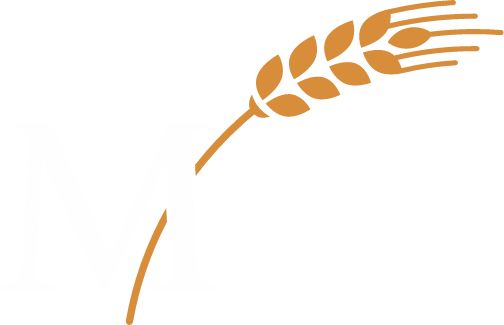Sustainability has become an essential focus for us this year at Millbrook. We recognise the importance of reducing our carbon footprint and taking significant steps towards achieving this goal.
To further reduce waste on resort, we recently had Gina from Waste Busters visit Millbrook and facilitate two informative workshops for our team. This was an insightful session which focused on waste and recycling and how staff can make improvements both at work and in their own homes.
Recycling is an essential part of our lives as it helps to reduce waste and conserve resources. It is a simple way to help the environment and make a positive impact on the world. However, many people are unsure about what can be recycled and can’t. In Gina’s workshop she provides valuable information on recycling standards and contaminants to avoid within the Queenstown district. To simplify what was presented in the workshop, let’s review some recycling do's and don’ts.
Do's:
Only recycle materials which meet the recycling standards- The yellow bin only accepts specific materials, such as paper, cardboard, steel, aluminium cans, and plastic bottles and containers that are marked with the numbers 1, 2, and 5. In the Queenstown Lakes area, plastics labelled 2 and 5 are sent to Comspec in Christchurch for recycling into industrial plastics such as drainage pipes, while plastics labelled 1 are transported to Wellington to be used in the production of food-grade packaging.
Empty, clean, and dry all your recyclable plastics- Cleaning and drying plastic before recycling is a crucial step often overlooked by many. The quality of recycled products depends on the collection of the right plastic materials in a clean condition. Failure to put the appropriate or contaminated materials in the yellow bin leads to recycling contamination. This causes additional work for the staff responsible for sorting the materials by hand, and makes it more challenging and costly to meet the quality standards required to recycle materials into new items.
Recycle the correct size plastics- Only recycle items that are larger than the palm of your hand and smaller than three litres.

Don’ts:
Not all plastics are recyclable- Some plastics are not useful when it comes to making new products, therefore numerous products made from plastic cannot go into the yellow bin. Some common products which can’t go in the recycling bin and must be disposed of in the red rubbish bin include meat trays, biscuit trays, fruit and veggie punnets, soft plastics, coloured drink bottles, and lids. Often these plastics are marked 3, 4, 6, 7 or are unidentified.
No lids- All plastic lids such as ice cream lids, yogurt lids, milk bottle lids and bottle lids are considered an item which cannot be recycled. This is due to them being made of different materials and colours to the bottles or containers they belong to so they can’t be recycled together. They are too small therefore cannot be sorted at the Materials Recovery Facility. Other lids such as pumps and triggers on spray bottles also cannot be accepted because they too are made of different materials.
No foil packaging- Products containing foil packing cannot be recycled. These types of products include drink cartons such as soy milk and juice cartons.
No crushing recyclable products- When recycling cans, tins, and plastic bottles, it is essential not to crush them as it is not necessary. Avoiding crushing these products as it enhances their chances of being sorted correctly and prevents them from ending up in landfills.
No pizza boxes- Pizza boxes are restricted from the red rubbish bins only. Due to the greasiness left from the pizza, these are too messy therefore don’t meet the quality specifications for recycling.

Guide to blue bin and glass recycling:
- In order to comply with the standards for recycling glass, the only items that can be disposed in these bins are glass bottles and jars. Similar to plastic recycling, it is mandatory to empty and clean these products as glass recycling is highly susceptible to contamination. This means that other types of glass such as windows, drinking classes, lightbulbs, perfume bottles and mirror must always go in the rubbish bin. These types of materials contain a different chemical composition compared to glass bottles and jars; therefore, they cause major problems during the recycling process.
These recycling standards are specific to the Queenstown district. What can be recycled is different across the whole of New Zealand because it depends on what recycling machinery is in place. Efforts are underway to establish consistent kerbside recycling practices and product labelling across New Zealand, with the goal of simplifying the process for all. On March 29th, 2023, the government announced sweeping modifications to the way waste is generated, consumed, recycled, and disposed of. This transformation marks a significant step forward for New Zealand's waste management system, reducing contamination in the materials we recycle.
The initiatives include:
- Improved and standardisation household kerbside recycling.
- Organic collections (including food scraps), making it easier for people to recycle and avoid sending as much to landfills.
- A new waste strategy to set New Zealand’s direction on waste for the next three decades.
- A new and more comprehensive waste legislation.
These new measures will hopefully support the social and economic changes needed to address the New Zealand waste problem.
If we follow the rules of recycling and make it a habit in our daily lives, we can greatly contribute to solving New Zealand's waste problems. Gina's tips for incorporating recycling into our daily routines will result in environmental, economic, and social benefits. By committing to recycling, we can protect the planet and create a better future for everyone.








